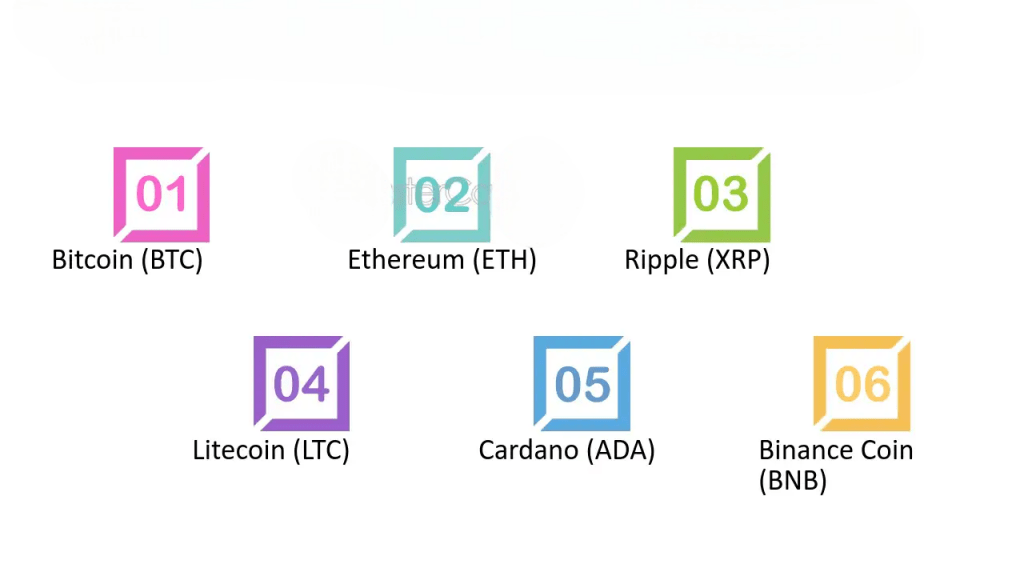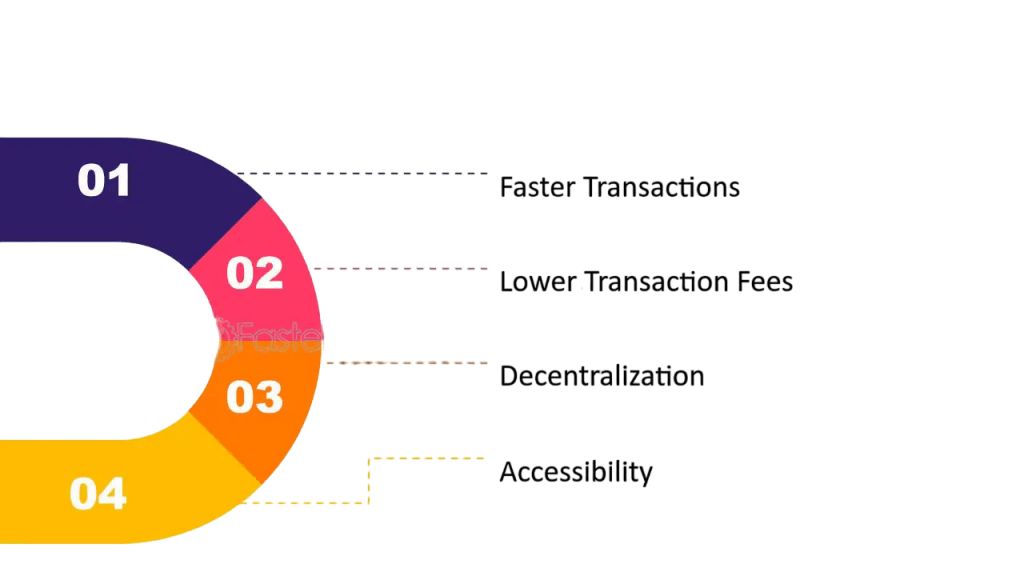
- Introduction: The Rise of Cryptocurrency
- Definition of Cryptocurrency
- How Does Cryptocurrency Work?
- Types of Cryptocurrencies
- Blockchain Technology Behind Cryptocurrencies
- Advantages of Using Cryptocurrency
- Risks and Challenges of Cryptocurrency
- The Future of Cryptocurrency
- Conclusion
Introduction: The Rise of Cryptocurrency
Over the past decade, cryptocurrency has moved from an obscure digital experiment to a globally recognized financial phenomenon. From Bitcoin’s launch in 2009 to thousands of cryptocurrencies available today, the concept of digital money is reshaping how we think about value, transactions, and even the global economy.But what exactly is cryptocurrency? How does it work, and why has it captured so much attention? This guide will take you through the fundamentals, benefits, challenges,Risks and Challenges of Cryptocurrency Block Chain Training and future prospects of cryptocurrency.In the past decade, cryptocurrency has emerged as one of the most revolutionary developments in the world of finance and technology. Starting from a niche digital experiment, cryptocurrencies like Bitcoin and Ethereum have grown into a global phenomenon, Advantages of Using Cryptocurrency reshaping the way people think about money, investments, and the future of financial transactions. Their rise has been fueled by advances in blockchain technology, increasing digital adoption, and a desire for decentralized systems that operate outside traditional banking and government control.
Definition of Cryptocurrency
At its core, cryptocurrency is a form of digital or virtual currency that uses cryptography for security. Unlike traditional money issued by governments (fiat currency), cryptocurrencies operate on decentralized networks typically using blockchain technology that ensure transparency and reduce the need for intermediaries.Cryptocurrency is a form of digital or virtual currency that uses cryptography for security. Unlike traditional currencies issued by governments (fiat money), Best Blockchain Programming Language cryptocurrencies operate on decentralized networks based on blockchain technology, Risks and Challenges of Cryptocurrency a distributed ledger that records all transactions across a network of computers. This ensures transparency, Advantages of Using Cryptocurrency, Bitcoin , security, and eliminates the need for intermediaries like banks. Examples of cryptocurrencies include Bitcoin, Ethereum, and many others, each with unique features and uses.
Key features include:
- Digital nature: Exists only electronically, no physical coins or notes.
- Decentralized: Not controlled by any central authority like banks or governments.
- Secure: Uses cryptographic techniques to secure transactions and control the creation of new units.
- Peer-to-peer: Enables direct transactions between users without middlemen.
- Blockchain Ledger: All transactions are recorded on a blockchain, a public, distributed ledger that is maintained by a network of computers (nodes). Each transaction is verified and grouped into a block.
- Transactions use cryptographic keys: Public keys act as addresses that others can send cryptocurrency to.Private keys are secret and prove ownership, Bitcoin Mining Challenges enabling users to sign transactions securely.
- Mining and Validation: For many cryptocurrencies like Bitcoin, new transactions are validated by “miners” who solve complex mathematical problems to add blocks to the blockchain. This process ensures trust and security.
- Wallets: Cryptocurrency wallets store private and public keys, enabling users to send, receive, and manage their digital assets.
- Bitcoin (BTC): The first and most well-known cryptocurrency, created as a decentralized alternative to traditional money.
- Altcoins: Other cryptocurrencies developed after Bitcoin, often with improvements or new features.
- Ethereum (ETH): Enables smart contracts and decentralized applications (dApps).
- Ripple (XRP): Focused on fast cross-border payments What is Consortium Blockchain .
- Litecoin (LTC), Cardano (ADA), Polkadot (DOT): Each with unique consensus mechanisms or use cases.
- Stablecoins: Cryptocurrencies pegged to stable assets like USD to reduce volatility.
- Tokens: Digital assets issued on existing blockchains (like Ethereum) to represent various assets or utilities.
- Decentralized Network: Nodes around the world maintain copies of the ledger, preventing central points of failure.
- Immutability: Once recorded, transactions cannot be altered without consensus, preventing fraud.
- Consensus Protocols: Mechanisms like Proof of Work (PoW) or Proof of Stake (PoS) ensure all nodes agree on the ledger’s state Block Chain Training .
- Transparency: All transactions are visible on the blockchain, enhancing trust.
- Lower Transaction Fees: Without intermediaries, transaction fees are often significantly lower than traditional banking or payment systems.
- Financial Inclusion: Cryptocurrency can provide access to financial services for people without bank accounts, especially in developing regions.
- Security and Privacy: Cryptography secures transactions and can provide users control over their financial data.
- Fast Cross-Border Payments: Cryptocurrencies enable near-instant international transfers, Advantages of Using Cryptocurrency by passing traditional slow and costly banking networks.
- Decentralization: No single entity controls the currency, reducing risks of censorship or manipulation.
- Volatility: Cryptocurrency prices can be highly volatile, posing risks to investors and users.
- Regulatory Uncertainty: Governments worldwide are still figuring out how to regulate cryptocurrencies, causing legal and compliance challenges.
- Security Risks: Though secure, crypto wallets and exchanges can be vulnerable to hacking if not properly managed What is Decentralized Finance.
- Scams and Fraud: The crypto space has seen scams and fraudulent projects, requiring caution from investors.
- Technical Complexity: For many users, the technology behind cryptocurrency remains complex and challenging.
- Mainstream Adoption: More businesses and individuals are using cryptocurrencies for payments and investment.
- Central Bank Digital Currencies (CBDCs): What is Cloud Mining Governments are exploring digital versions of fiat money that could integrate with or compete against cryptocurrencies.
- DeFi and NFTs: Decentralized finance and non-fungible tokens are expanding cryptocurrency’s utility beyond payments.
- Improved Scalability: New blockchain designs aim to handle more transactions faster and cheaper.
Interested in Obtaining Your Blockchain Certificate? View The Blockchain Training Course Offered By ACTE Right Now!
How Does Cryptocurrency Work?
Cryptocurrency functions through a combination of blockchain technology, cryptography, and consensus mechanisms.
To Earn Your Blockchain Certification, Gain Insights From Leading Blockchain Experts And Advance Your Career With ACTE’s Blockchain Training Course Today!
Types of Cryptocurrencies
Thousands of cryptocurrencies exist today, each with unique features and use cases. The major categories include:

Blockchain Technology Behind Cryptocurrencies
Blockchain is the underlying technology that enables cryptocurrencies to operate securely and transparently.
Advantages of Using Cryptocurrency

Preparing for a Blockchain Job Interview? Check Out Our Blog on Blockchain Interview Questions and Answers
Risks and Challenges of Cryptocurrency
The Future of Cryptocurrency
The future of cryptocurrency looks promising yet uncertain:
Conclusion
Cryptocurrency is a groundbreaking innovation in money and finance, offering an alternative to traditional centralized systems. Understanding its technology, benefits, and risks is essential for anyone looking to participate in the digital economy. As the ecosystem matures, cryptocurrencies may become an integral part of everyday life, reshaping how we transact, Bitcoin , invest, and store value.Cryptocurrency represents a groundbreaking shift in the way we perceive and handle money. By leveraging blockchain technology and decentralization, it offers a secure, transparent,Risks and Challenges of Cryptocurrency Block Chain Training, Advantages of Using Cryptocurrency and efficient alternative to traditional financial systems. Although still evolving and facing regulatory challenges, cryptocurrencies continue to gain acceptance worldwide, promising to reshape the future of finance, commerce, and digital ownership. As adoption grows, understanding how cryptocurrencies work becomes increasingly important for anyone interested in the future of money and technology.




